Introduction: From Disorder to Direction
In today’s rapidly changing environments, organizations often face significant chaos, making it difficult to coordinate efforts and achieve strategic goals. Effective resource planning emerges as a vital tool, turning complexity into clarity. This article explores how strategic resource management, enhanced by advanced data tools, leadership practices, and adaptable strategies, can streamline operations, foster organizational alignment, and create a resilient framework for sustainable success.
Building a Strategic Foundation Amidst Uncertainty
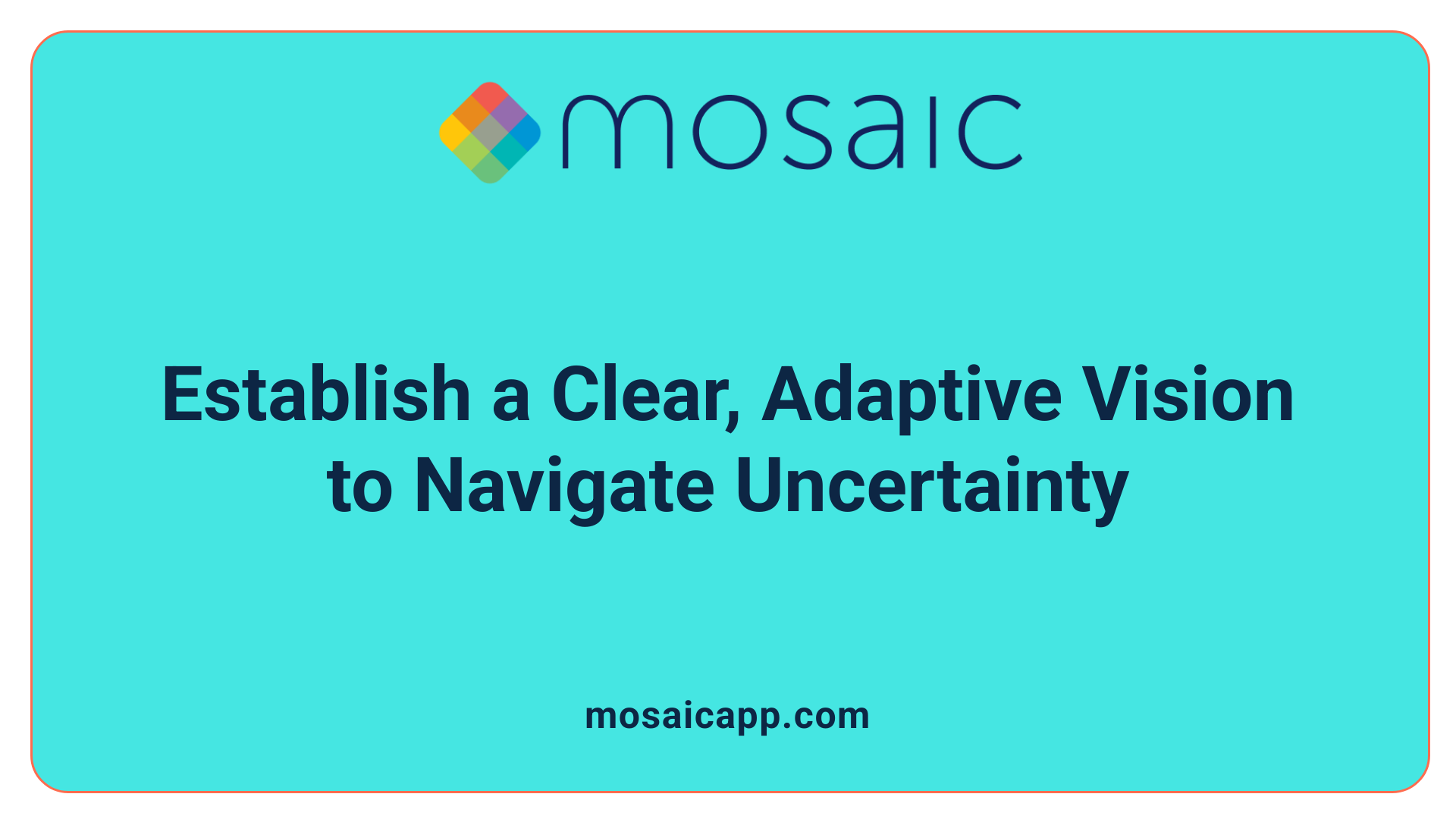
Why is strategic direction setting vital for organizational clarity?
Establishing a clear strategic direction helps organizations navigate complex, ever-changing environments. It acts as a guiding compass, providing a sense of purpose and aligning efforts across teams. When organizations set a well-defined yet adaptable vision—often called a 'North Star'—they can remain focused even as external conditions shift. This clarity enhances decision-making, fosters employee engagement, and ensures resources are directed toward common goals.
How can engaging stakeholders promote trust and collaboration?
Involving stakeholders in the strategic process facilitates buy-in and builds trust. Open dialogue encourages diverse perspectives, leading to more resilient and innovative strategies. Stakeholder engagement also nurtures a collaborative culture where teams are committed to shared objectives. Regular communication and transparent decision-making help everyone stay aligned, especially when adjustments are necessary amid uncertainties.
What is the role of shared values and adaptable visions in a fluctuating landscape?
Shared values ground the organization’s actions in a common moral and ethical framework. They serve as anchors that guide responses to change. Coupled with a flexible vision, these values allow organizations to evolve organically while maintaining core principles. An adaptable strategy anticipates multiple future scenarios, enabling quick pivots without losing sight of the overarching mission.
How can planning for multiple futures improve organizational resilience?
Considering various scenarios prepares organizations for uncertainty. Scenario planning involves analyzing potential developments, such as economic shifts or technological breakthroughs, and framing contingency plans. This approach enables organizations to respond swiftly to surprises and reduce risks. Embracing flexibility in planning ensures that strategies remain relevant despite sudden changes, fostering resilience and long-term sustainability.
How do these principles guide organizations in complex environments?
By integrating stakeholder engagement, shared values, and multi-scenario planning, organizations build a robust strategic foundation. Focused on flexibility, collaboration, and emergence, this approach helps organizations adapt effectively while keeping progress on track. The resulting agility supports ongoing innovation and ensures readiness for whatever the future holds.
Harnessing Data and Technology for Clarity
 Organizations can significantly improve their strategic focus and operational efficiency by leveraging data, reporting, and technology tools. Platforms like Buildertrend and Rhythm Systems play a vital role in turning chaos into clarity.
Organizations can significantly improve their strategic focus and operational efficiency by leveraging data, reporting, and technology tools. Platforms like Buildertrend and Rhythm Systems play a vital role in turning chaos into clarity.
Buildertrend provides construction businesses with insights into resource usage, project forecasting, financial management, and client communication. These tools allow teams to predict potential project delays, identify inefficiencies, and optimize resource allocations. Similarly, Rhythm Systems offers structured planning, execution, and tracking mechanisms that help CEOs and managers maintain clear visibility into their organizational goals.
Consistent data collection, such as logging project updates, tracking expenses, and reviewing performance metrics regularly, enhances decision-making. Reliable data sources enable organizations to spot trends, manage risks proactively, and fine-tune strategies in real time.
High-level dashboards are essential tools for tracking key performance indicators. They offer visual summaries of project status, resource utilization, and financial health, helping teams identify areas for improvement quickly. When integrated well, these dashboards support better project forecasting and resource planning.
Using real-time information, organizations can adapt swiftly to environmental changes. For example, with tools like Work Planner, government agencies combine spatial and temporal data to automate scheduling based on availability and weather conditions. This proactive approach reduces the need for reactive decisions and minimizes operational stress.
In short, deploying data analytics and project management software enhances organizational clarity by providing transparent, actionable insights. These technologies align daily operations with strategic objectives, enabling organizations to navigate complex landscapes with confidence and agility.
Effective Management Systems and Visual Tools
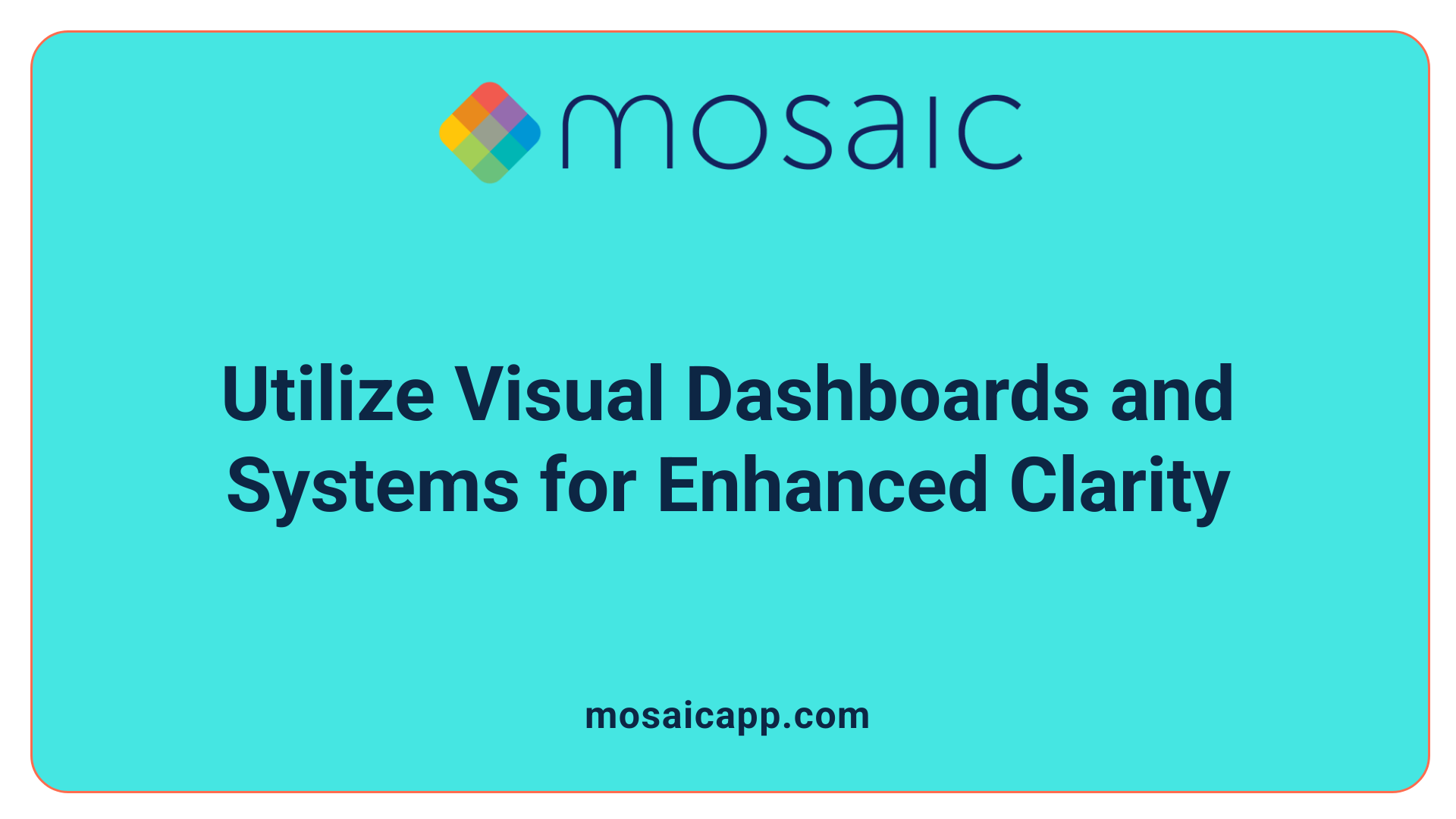 Implementing rhythm systems like the Strategy Execution System plays a vital role in aligning an entire organization towards common goals. Such systems provide structure for planning, execution, and monitoring, helping leaders track progress, identify issues early, and adjust strategies as needed. When all levels of an organization have high-level dashboards displaying key performance indicators (KPIs), it fosters transparency and accountability. These visual tools enable managers and teams to quickly understand operational health, focus on priorities, and ensure that everyone remains committed to strategic objectives.
Implementing rhythm systems like the Strategy Execution System plays a vital role in aligning an entire organization towards common goals. Such systems provide structure for planning, execution, and monitoring, helping leaders track progress, identify issues early, and adjust strategies as needed. When all levels of an organization have high-level dashboards displaying key performance indicators (KPIs), it fosters transparency and accountability. These visual tools enable managers and teams to quickly understand operational health, focus on priorities, and ensure that everyone remains committed to strategic objectives.
High-level dashboards serve as central hubs for tracking project milestones, resource utilization, and financial performance. They help maintain organizational focus by making data accessible and understandable. Coupled with accountability systems that assign responsibility and establish clear deadlines, these tools significantly enhance operational health. They encourage responsible behavior, facilitate timely interventions, and support continuous improvement through regular review cycles.
Visual scheduling tools like Work Planner transform traditional reactive planning into proactive operational management. Designed specifically for government and complex organizational workflows, Work Planner automates scheduling by considering availability, weather forecasts, and equipment conditions. It provides a clear, real-time visualization of work through calendars and map-based interfaces, allowing managers to drag, drop, and adapt schedules effortlessly. This ability to adjust dynamically ensures optimal resource allocation, reduces conflicts, and helps teams respond swiftly to emerging challenges.
Together, these systems and tools create a cohesive framework that enhances efficiency and effectiveness. They turn chaos into clarity, enabling organizations to operate smoothly despite uncertainties. Combining visual oversight with strategic alignment ensures productive workflows and sustained progress toward goals.
Leadership’s Role in Creating Clarity
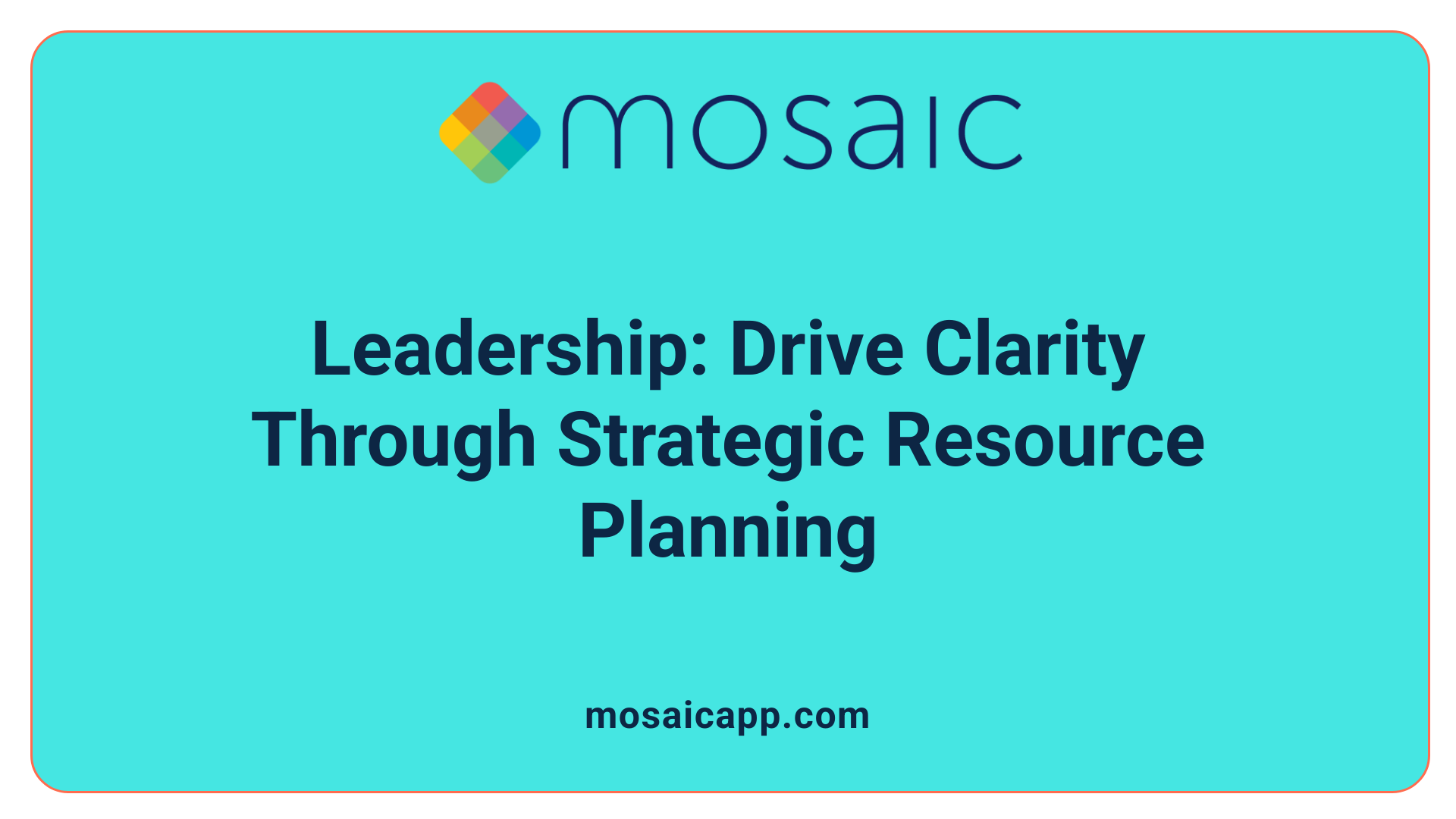 How can leadership leverage resource planning to create organizational clarity?
How can leadership leverage resource planning to create organizational clarity?
Leadership plays a crucial role in clarifying organizational goals through effective resource planning. By establishing clear, strategic priorities—often articulated through frameworks like SMART (Specific, Measurable, Achievable, Relevant, Time-bound)—leaders ensure that every team understands the overarching direction of the organization.
Aligning team and individual objectives with these strategic goals fosters a sense of shared purpose. When goals are transparent and aligned, coordination improves and confusion diminishes, enabling teams to work efficiently toward common outcomes.
Consistent communication is vital. Regular updates, meetings, and performance feedback help monitor progress, clarify roles, and swiftly resolve ambiguities. Leaders can use tools like dashboards and data analytics to visualize progress and make informed decisions.
Additionally, strategic resource allocation—whether in terms of personnel, finances, or materials—supports the organization’s ability to adapt and stay focused on key results. By integrating strategic planning with ongoing dialogue and feedback, leadership can cultivate a unified understanding of purpose, enhance accountability, and steer the organization effectively through complex environments.
Ultimately, leveraging resource planning in conjunction with transparent communication helps leaders create a clear, resilient pathway toward organizational success. This continual process ensures that everyone remains aligned and adaptable in an ever-changing landscape.
Contextual Applications of Resource Planning
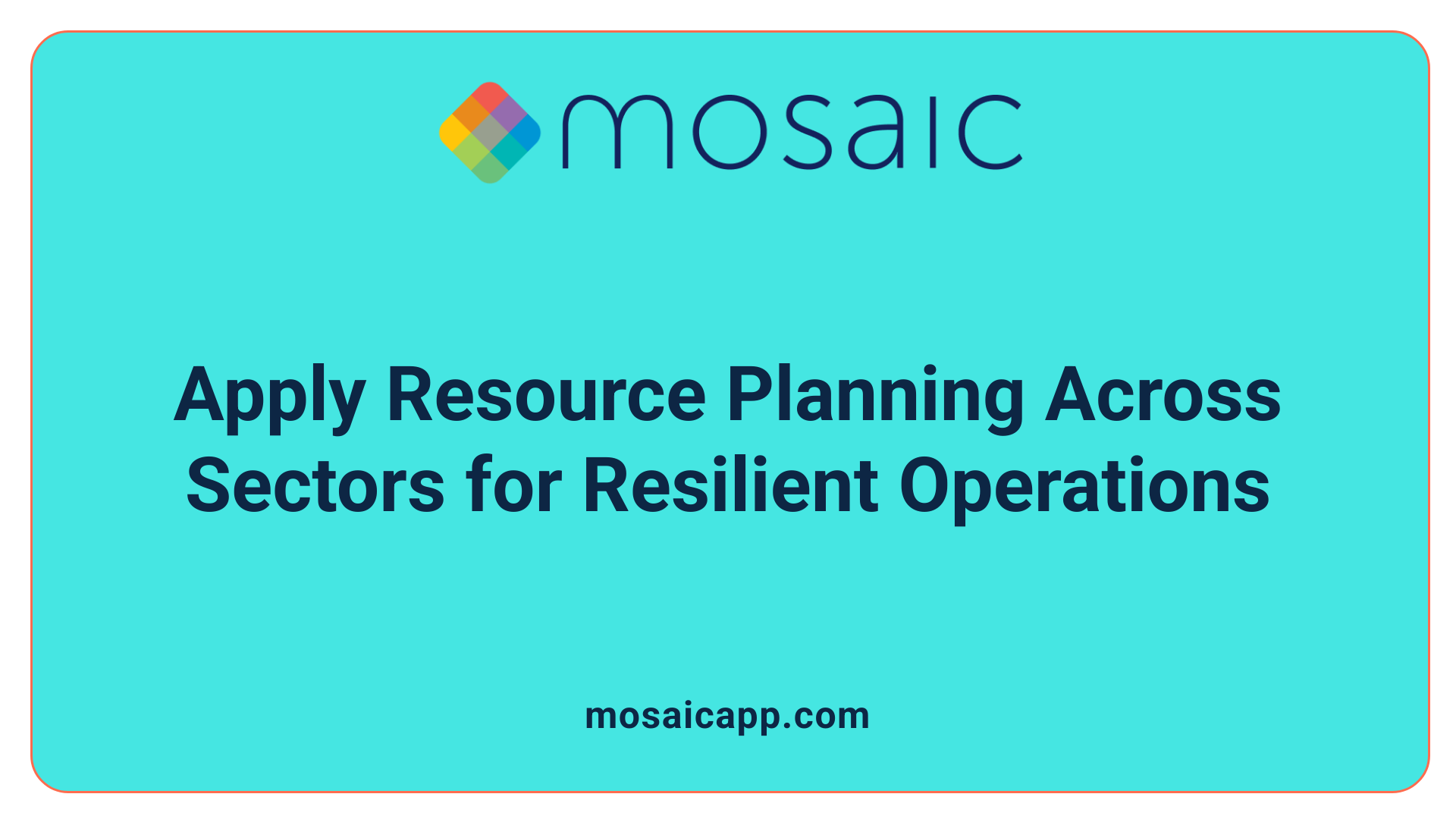 Resource planning serves as a foundational process across multiple sectors, including construction, software testing, and public sector operations. Its primary purpose is to forecast resource needs accurately, allocate personnel and equipment efficiently, and develop schedules that align with organizational goals.
Resource planning serves as a foundational process across multiple sectors, including construction, software testing, and public sector operations. Its primary purpose is to forecast resource needs accurately, allocate personnel and equipment efficiently, and develop schedules that align with organizational goals.
In the construction industry, resource planning is critical for managing labor force, machinery, and materials. Effective planning helps prevent delays, reduce costs, and ensure projects are completed on time. By analyzing current capabilities and predicting future demands, construction firms can proactively address potential capacity shortfalls.
Similarly, in software testing, resource planning involves scheduling testing cycles, assigning skilled testers, and optimizing available tools and infrastructure. This approach ensures high-quality output while minimizing testing duration and resource wastage. Allocating testing resources wisely helps teams adapt to project changes swiftly.
Public sector organizations benefit from resource planning through improved workflow management and resource allocation for public services. Whether it involves staffing personnel or managing equipment, strategic planning enhances operational efficiency and service delivery.
Assessing current capabilities against future demands is essential in all these contexts. Organizations evaluate their existing resources, forecast upcoming needs, and identify gaps that could hinder performance. This proactive stance allows for adjustments—such as reallocating staff or investing in new technology—to bridge capacity gaps.
Furthermore, adjustments are made to mitigate risks associated with unpredictable demands or potential disruptions. For example, in construction, flexible scheduling accommodates weather delays; in software testing, backup resources ensure timelines are protected; in public services, contingency plans safeguard against sudden spikes in demand.
Ultimately, proficient resource planning improves organizational resilience. It promotes efficient utilization of resources, reduces waste, and aligns operational activities with strategic objectives. Using advanced tools and strategic foresight, organizations across sectors can adapt swiftly to changing circumstances, ensuring sustained success.
| Sector | Focus Areas | Strategic Approach | Benefits |
|---|---|---|---|
| Construction | Labor, Materials, Equipment | Forecasting needs, proactive adjustment, scheduling | Timely project completion, cost savings |
| Software Testing | Testing cycles, Skilled personnel, Infrastructure | Resource allocation, timeline optimization | Improved quality, reduced testing time |
| Public Sector | Staff, Public resources, Infrastructure | Workflow streamlining, capacity assessment, contingency planning | Enhanced service delivery, operational efficiency |
| Cross-sector Commonalities | Future demands, capacity gaps, risk mitigation | Regular assessment, real-time adjustments, strategic foresight | Increased resilience, better stakeholder satisfaction |
Best Practices and Strategic Alignment
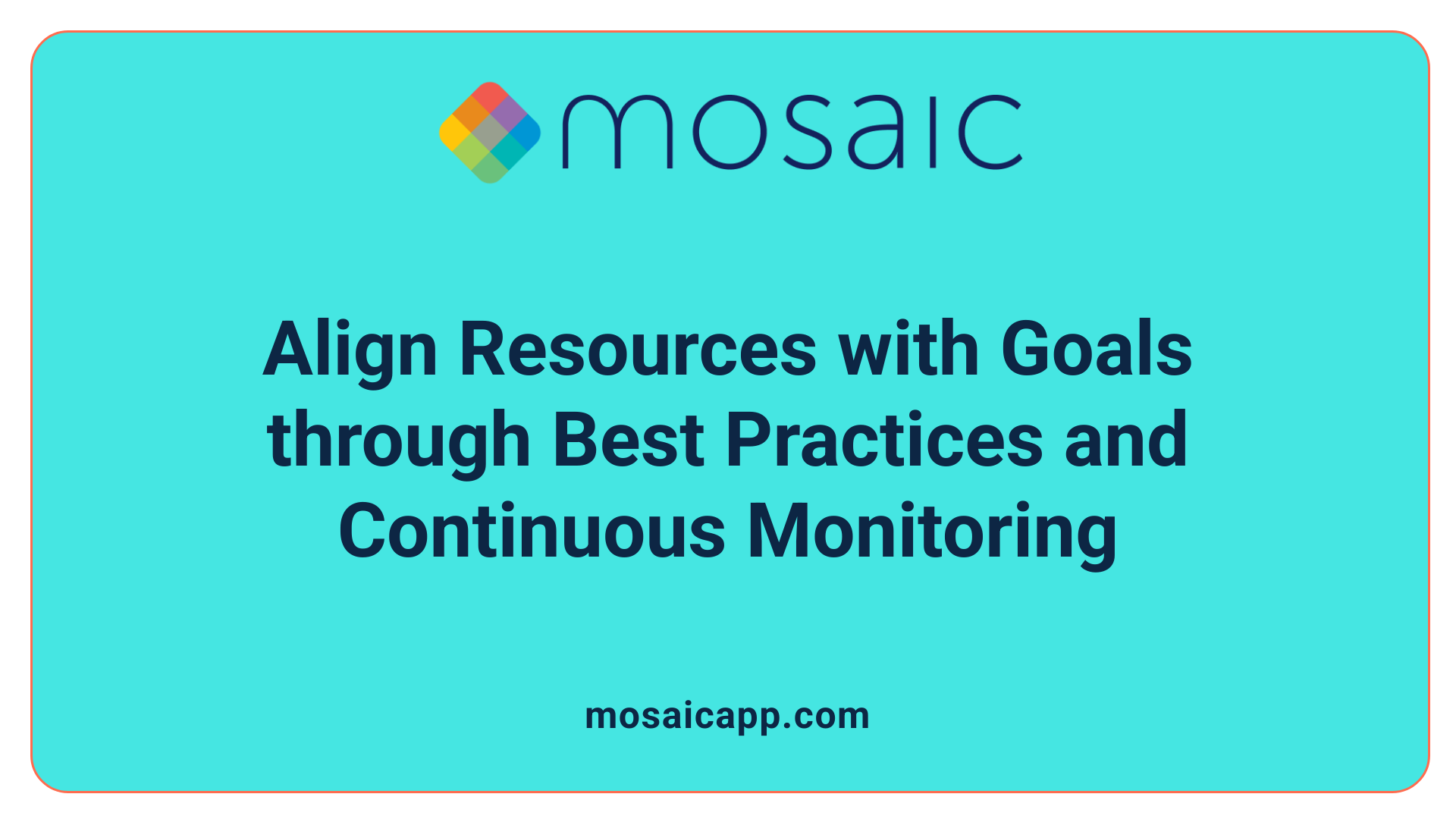 Aligning resources effectively with long-term goals is vital for organizations striving to stay relevant amid rapid changes. Clear understanding of organizational priorities helps in guiding resource allocation decisions, ensuring that every effort supports the broader mission.
Aligning resources effectively with long-term goals is vital for organizations striving to stay relevant amid rapid changes. Clear understanding of organizational priorities helps in guiding resource allocation decisions, ensuring that every effort supports the broader mission.
Engaging stakeholders is a crucial component of successful resource planning. By involving team members, leadership, and external partners, organizations foster a collaborative environment that promotes trust and shared understanding. This inclusive approach encourages diverse perspectives, which can reveal innovative solutions and mitigate risks.
Monitoring key performance indicators (KPIs) and adjusting strategies accordingly ensures that organizations remain agile. Tools such as dashboards and frameworks like the Balanced Scorecard enable continuous tracking of progress and facilitate timely decision-making. Regular reviews help identify areas requiring improvement, ensuring resources are directed where they can have the greatest impact.
Best practices for strategic resource management emphasize thorough situational analyses and resource mapping. These practices help uncover gaps and opportunities, guiding prioritization efforts. Moreover, fostering a culture of continuous learning and focusing on core competencies supports ongoing improvement.
By integrating these practices, organizations can achieve a balanced, flexible approach to resource management—adapting quickly in an ever-changing landscape while maintaining alignment with strategic goals.
| Practice Area | Description | Benefits |
|---|---|---|
| Strategic Alignment | Connecting resources to long-term objectives | Clear focus and purpose |
| Stakeholder Engagement | Involving diverse voices in planning | Improved buy-in and innovation |
| KPI Monitoring | Tracking progress with data | Better agility and risk management |
| Continuous Learning | Fostering ongoing development | Sustained adaptability |
| Resource Mapping | Analyzing current resources and gaps | More effective prioritization |
Conclusion: Navigating the Path to Clarity
Transforming chaos into clarity through resource planning requires a holistic approach that combines strategic flexibility, technological integration, effective leadership, and contextual awareness. By establishing adaptable frameworks, leveraging data-driven tools, fostering communication, and continuously aligning resources with organizational objectives, leaders can ensure sustainable growth, operational resilience, and a shared sense of purpose. When organizations master these practices, they not only navigate complexity with confidence but also position themselves for future success in an ever-evolving landscape.
References
- Strategic Planning in 2025: Five Ways to Navigate Chaos ...
- Transforming chaos into clarity: The value of data
- How CEOs Move from Chaos to Clarity: Creating a Culture ...
- Transforming Chaos into Clarity: Smarter Scheduling with ...
- Resource Planning: Importance & How To Do It Effectively
- What Is Resource Planning? A Simple Guide for 2025
- Resource Planning: How to Keep Projects Running Smoothly
- Resource Plan: The Ultimate Guide to Resource Planning
- What is Resource Planning? A Comprehensive Guide
- What is Resource Planning? A Comprehensive Guide


